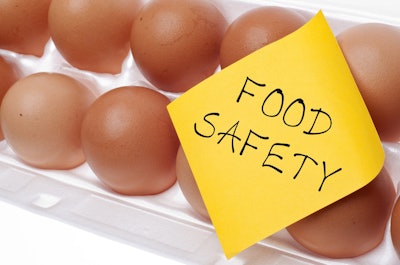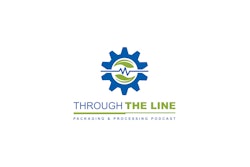Food manufacturers are facing an update to equipment and facility designs to comply with the newest U.S. Food & Drug Administration’s (FDA) safety rules, which focus on the prevention of foodborne illness.
This week, the FDA announced it has finalized the first two of seven major rules under the Food Safety Modernization Act (FSMA). These rules focus on implementing modern food manufacturing processes for both human and animal foods that are produced domestically or are imported. These rules are designed to help manufacturers prevent illness rather than react to a potentially deadly situation.
The FDA’s call for more stringent food safety manufacturing operations is in response to a string of recent outbreaks of listeria and salmonella. This month, a salmonella outbreak linked to cucumbers sold by San Diego-based supplier Andrew and Williamson Fresh Produce spread across 30 states, infecting over 300 people. From May to July of this year, 62 people were infected by a salmonella incident tracked back to tuna from a processing plant in Indonesia and distributed by Osamu Corp., of Gardena, Calif. And, in April, 10 people were infected with listeria found in products manufactured at the Blue Bell Creameries production facility in Brenham, Texas. All 10 patients were hospitalized and three deaths were reported.
An estimated 48 million people (1 in 6 Americans) get sick each year from foodborne diseases, according to recent data from the U.S.Centers for Disease Control and Prevention. Approximately 128,000 are hospitalized, and 3,000 die each year.
In order to find the source of tainted food, the FDA works with partners to identify clusters of people in separate geographic areas and traces the path of food eaten back to the source by analyzing hundreds—or thousands-- of invoices and shipping documents. It is a tedious process, which is why the agency is putting greater emphasis on the prevention of foodborne illnesses.
According to the FDA, the preventive controls rules require food facilities to develop and implement written food safety plans that indicate the possible problems that could affect the safety of their products, and outline steps the facility would take to prevent or minimize the likelihood of those problems occurring. This means that food companies will be accountable for monitoring their facilities and identifying any potential hazards in their products-- and prevent those hazards.
While the rules require that companies implement safety plans that detail points in the manufacturing process that could be risky, the question remains if technology—in the form of quality control and even serialization and the Industrial Internet of Things—could play a role in helping manufacturers comply with the new regulations.
“We’ve been working with states, food companies, farmers and consumers to create smart, practical and meaningful rules,” said Michael R. Taylor, the FDA’s deputy commissioner for foods and veterinary medicine. “And we have made a firm commitment to provide guidance, technical assistance and training to advance a food safety culture that puts prevention first.”
The FDA will phase in the new rules over time, beginning in September 2016 for larger food manufacturers.



















